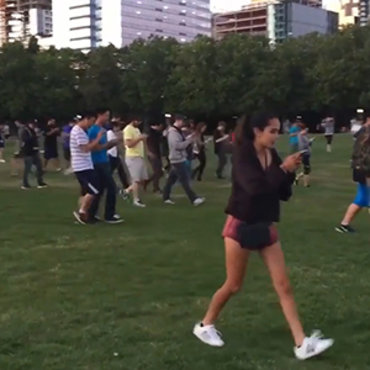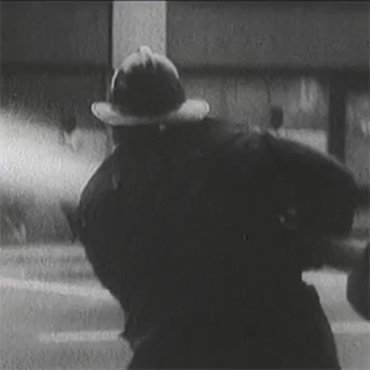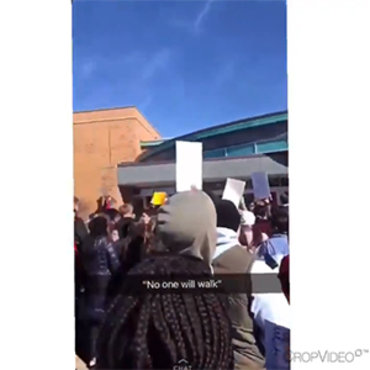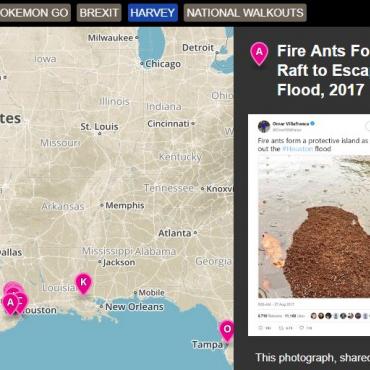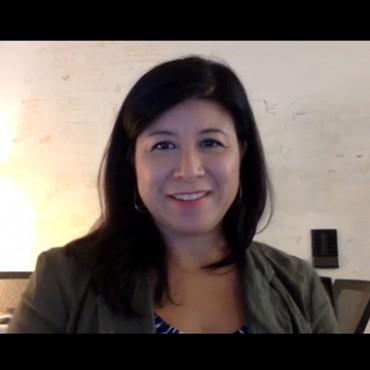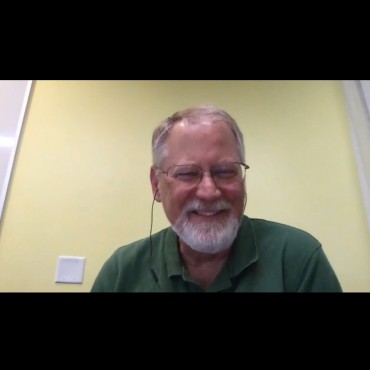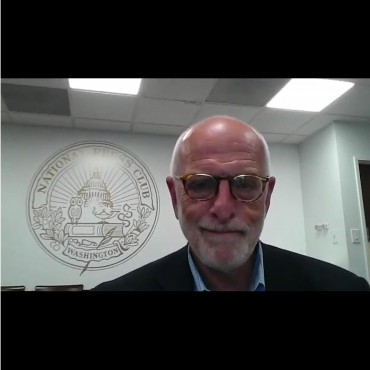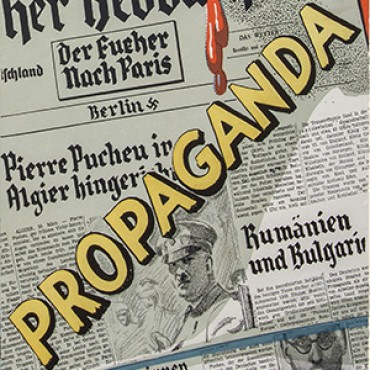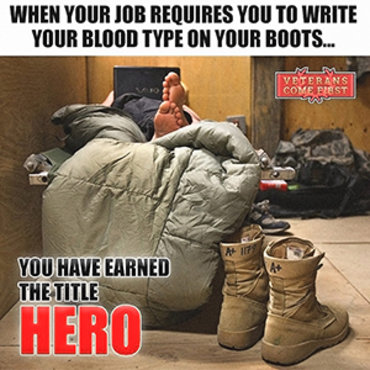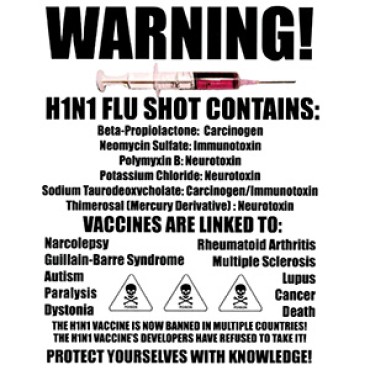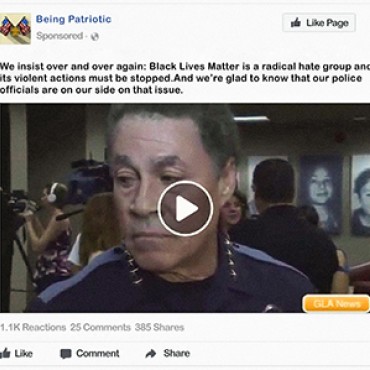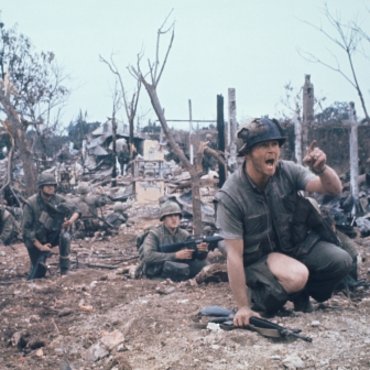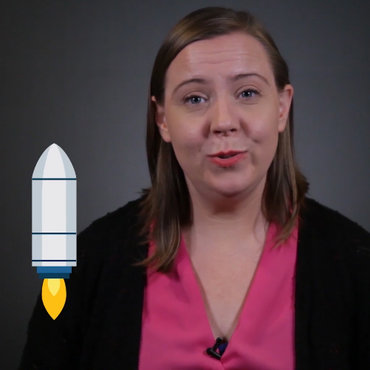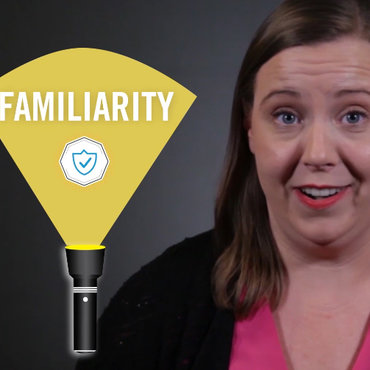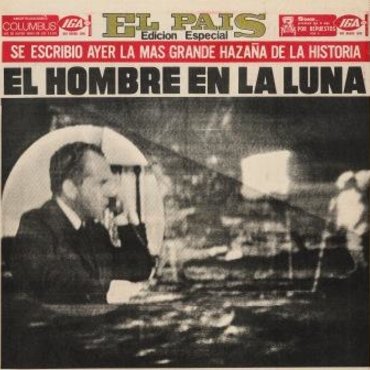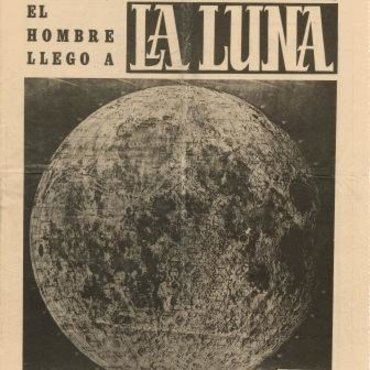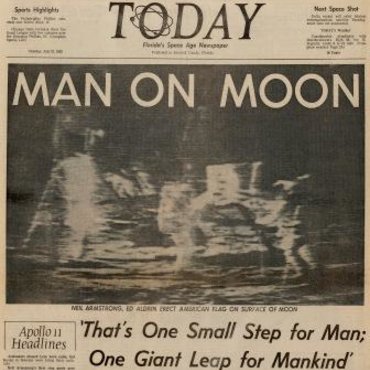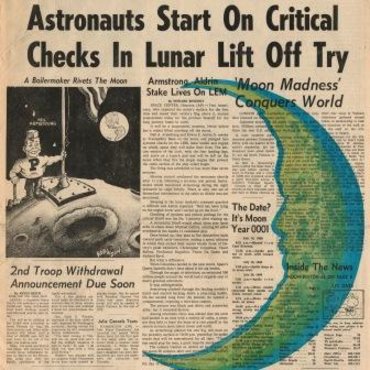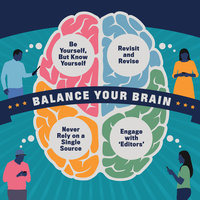
Am I Being Fair?
A video and graphic introduce four proven strategies students can use to counter their own bias when surfing online or conducting research; then students practice using these strategies when investigating a real-life issue.
Get even more great free content!
This content contains copyrighted material that requires a free NewseumED account.
Registration is fast, easy, and comes with 100% free access to our vast collection of videos, artifacts, interactive content, and more.
NewseumED is provided as a free educational resource and contains copyrighted material. Registration is required for full access. Signing up is simple and free.
With a free NewseumED account, you can:
- Watch timely and informative videos
- Access expertly crafted lesson plans
- Download an array of classroom resources
- and much more!
- Current Events
- Journalism
- 7-12
- College/University
Are your students savvy searchers? Can they spot the difference between a straight news article and an opinion piece? Do they recognize bias in their sources … or in themselves?
You are in one of Fact Finder: Your Foolproof Guide to Media Literacy’s 11 flexible, multimedia lesson plans to tackle these challenges. Eight skill-building lesson plans introduce essential media literacy concepts through engaging explainer videos and colorful infographics that help students revisit, retain and apply the key concepts. The accompanying News or Noise? Media Map provides a collection of examples ready for students to analyze and evaluate with the support of worksheets and discussion prompts. Three reporting lesson plans help students take what they’ve learned and apply it to their own content creation, inspired by the issues that matter to them.
Adapting Fact Finder for Your Classroom
From Key Ideas to Complete Curriculum
Polish one particular skill or take your students on a comprehensive journey from news novices to media masters. We designed this suite of 11 lesson plans and their corresponding resources to be used either as a complete curriculum or individually. There’s also flexibility within each lesson plan to complete the whole thing or choose individual resources and smaller activities.
Building New Skills and Ideas
Each lesson plan’s format is inspired by the 5-E’s constructivist instructional model (engage, explore, explain, elaborate, evaluate). For students new to media literacy or news consumption, the opening “engage” activity along with the explainer video and infographic may be enough to build their awareness of key concepts. More advanced students can put these concepts into action as they navigate the News or Noise? map with the help of worksheets to guide their application. Those who have already developed their media savvy can still be challenged to elaborate by applying the infographic tips and methods to the boundless content available online.
A Cross-Disciplinary, Standards-Driven Toolbox
No matter what subject you teach, bringing elements of media literacy and journalism into your curriculum can benefit your students and help you meet standards, including Common Core requirements for analyzing sources, creating content and using non-print texts. Media literacy empowers students to conduct better research and make better arguments, whether the topic is the Civil War or the biological impact of GMOs.
The challenges today’s media landscape poses for our students — and for all of us — can be daunting. But we hope this collection of content provides an approachable way to help your students hone their ability to find quality content and begin creating their own to share with the world.
— The NewseumED Team
- Ask students to brainstorm lists of things that they love and things that they hate. Then ask them to think about their reactions when they read/watch something about a topic or thing on either list. How do these strong feelings affect their reactions? Through the conversation, elicit the idea that we all have internal opinions (or biases) that shape how we react to the world around us.
- Further illustrate the concept of individual biases using an approachable issue that still elicits passionate reactions: pizza. Ask students what is their favorite restaurant chain? What is their least favorite? Distribute or project the Pizza Prejudice handout. Tell students to imagine they’re browsing online when they come across this article. How would they react? Why? (For example: Would they feel validated? Outraged? Not care? Would they dismiss the conclusion as stupid?)
- Explain that to weigh whether these pizza experts’ opinions should be taken seriously, we have to get past our own feelings about the topic to look at the content objectively. In other words, maybe it’s right to dismiss their conclusion, but we can’t know until we set aside our own biases. Watch the “Am I Being Fair?” video and go over the accompanying tipsheet graphic.
- Revisit the pizza headline and work through the four strategies as they apply to this topic. For each strategy, brainstorm how it could apply. “Be yourself, but know yourself” examples: the type of pizza they grew up eating; whether dietary restrictions limit what types of pizza they can eat (or if they can eat it at all); whether they have fond/bad memories, etc. “Never rely on a single source” examples: Look for additional articles about this committee, its members and its process - what makes them “experts”; have other taste tests been done, etc. “Revisit and revise” examples: Has the student tried all of the chains, especially Uno’s? Could trying a new place require them to rethink how they feel about their own personal pizza rankings? “Engage with Editors” examples: Where could students go to find a perspective to challenge their own? In this case, because the topic is something many people have experience and opinions about, they might start with talking to friends, but could also seek out food blogs, pizza fan sites, etc.
- Now tell your students they’ll apply these strategies to a real-life example. Pick one of the following topics/primary source collections from the News or Noise? map (below).
- For younger students: Pokémon Go
- For older students: National Walkout Day
- Distribute the Am I Being Fair? worksheet that goes with your selected topic. (There are two versions in this packet.) Have students review the primary sources and complete the worksheet.
- Give students a chance to share and discuss their answers. Then use the Discussion Questions below to continue the conversation.
- Pizza Prejudice handout, projected on screen or one per pair, and Am I Being Fair? worksheet, one per student or small group (in lesson plan handout)
- Internet access to view “Am I Being Fair?” video (above)
- Am I Being Fair? tipsheet (download)
- Access to the News or Noise? media map (below) or printouts of Pokémon Go or National Walkout Day examples
- Internet access to conduct simple searches
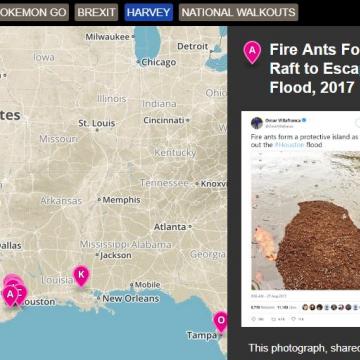
News or Noise? Media Map
News or Noise? Media Map
- Which of these strategies do you think is the most/least effective at helping you counter your own biases? Explain.
- Why is it important to try to be objective when reading the news, especially when it comes to controversial topics?
- Does being fair about the news we consume mean we should try to ignore or suppress our emotions about the issues covered? Explain why or why not.
- In newsrooms, if someone has too strong a connection to a story, they are said to have a conflict of interest. A conflict of interest disqualifies them from covering the story. How close to a story is too close? When does prior knowledge or experience cross the line to become a conflict of interest?
- Are there any stories or issues to which you think you are too close to ever view them objectively? Explain.
Echo. Echo.

Watch the “Ask an Expert: Echo Chambers” video featuring Rachel Davis Mersey, from the Medill School of Journalism at Northwestern University. Discuss the video and her tips for getting a fuller picture of a story. Do they seem easy or hard to do? Then, have students identify an issue or topic they care strongly about and their primary sources of information for it. Challenge them to diversify their sources using Mersey’s guidelines. They should follow the news about their topic for one week. At the end of the week, reflect as a class on the experience, what they learned, and how they can help their peers escape their echo chambers.
Being Fair About Current Events
As a class, create a list of current controversial topics. (If you did this in the Is It Fair? lesson plan you may choose to revisit the same events or issues.) Individually, students should select a topic about which they will write a short (roughly one page) summary with the goal of being as fair as possible. They can also write a short reflection (roughly one page) describing how they used the four Am I Being Fair? strategies to help ensure their objectivity
-
Common Core State Standards: CCSS.ELA-LITERACY.CCRA.R.7
Integrate and evaluate content presented in diverse media and formats, including visually and quantitatively, as well as in words.
-
ISTE: 2. Digital Citizen
Students engage in positive, safe, legal and ethical behavior when using technology. -
ISTE: 3b. Knowledge Constructor
Students evaluate the accuracy, perspective, credibility and relevance of information, media, data or other resources. -
ISTE: 3d. Knowledge Constructor
Students build knowledge by actively exploring real-world issues and problems.
-
National Council of Teachers of English: NCTE.12
Students use spoken, written, and visual language to accomplish their own purposes (e.g., for learning, enjoyment, persuasion, and the exchange of information).
-
NCSS Curriculum Standards: NCSS 8
An understanding or science and technology in their social contexts allows learners to questions and analyze the impact of science and technology on society.
